It simply doesn’t feel like Christmas without having the halls (or whatever wall and counter space you do have) decked out in red and green Christmas decorations. But wait a minute: Why are red and green considered to be the traditional Christmas colors in the first place? And who made that decision? Well, that’s the golden question that so many people have Googled in search of answers. To save you from a super deep dive into the history of Christmas, we did the digging for you to explain the symbolism of Christmas colors, and why red and green are such a big part of one of the year’s most-anticipated holidays. After all, if you hang your festive Christmas ornaments up each year, don’t you want to know the meaning behind their color palette? (And if you’re looking to mix things up this year, we have plenty of blue Christmas decor ideas and rose gold Christmas decorations right here too!)
Why are red and green the traditional Christmas colors, and when were they first used to signify the holidays?
Red and green might be best known for their association with Christmas, but as it turns out, they were first linked to a different holiday: the winter solstice. (The history of the Christmas tree has roots in the winter solstice too.) Centuries ago, ancient Celtic people believed that holly plants brought beauty and good fortune in the middle of winter. As such, they’d regularly outfit their homes with red and green plants as a way to promote a prosperous new year.
Over time, the Celtic habit of putting up red and green holly transformed into hanging red and green decorations as a whole. And thus, the idea of decking the halls with the merry colors became a passed down, well-known tradition across the world.

Are red and green religious Christmas colors?
It goes without saying that there are people all over the world who want to keep Christ in Christmas. As a result, one of the most-asked questions regarding the colors of the holidays revolve around whether or not they’re religiously significant. While many people flock to the colors each and every year solely out of habit and style sense, some Christians believe the hues (and, more specifically, the holly wreaths they’re derived from) to be symbolic of Jesus’ crown. Where the red berries represent Jesus’ blood, the spiky holly leaves are said to embody the crown of thorns that encircled his head on the cross.
Who made Christmas colors red and green in modern history?
By now you’re likely assuming that the only answers are Jesus and the ancient Celtics, but get this: Another big reason why red and green are such a major part of the holidays is thanks to—wait for it—Coca-Cola.
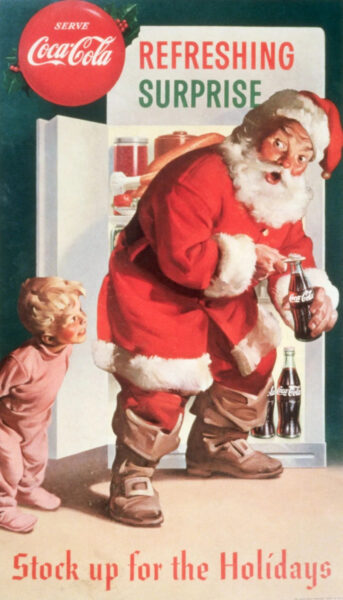
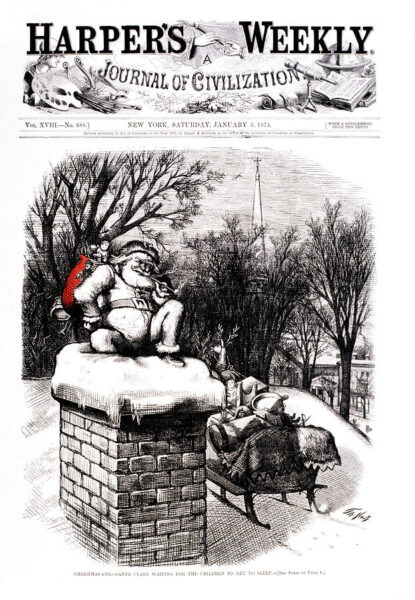
In 1931, the cola company hired Haddon Sundblom, a Michigan-born illustrator, to bring Santa (not someone dressed up as Santa) to life in magazine ads. The result was a jolly, bearded man decked in red and white (his red outfit closely matching Coca-Cola’s red shade), surrounded by verbiage bordered in green. Sundblom’s ads—which showed Santa drinking Coke, delivering presents, and interacting with children—ran from 1931 to 1964. And although there were many illustrators and cartoonists who drew Santa before these ads ran (like Thomas Nast of Harper’s Weekly), these were the images that changed the way Americans imagined Santa and Christmas as a whole.
“It solidified in our collective imaginations the red of Santa’s robes with the green of fir trees and holly and poinsettia that we already had in our minds… [As a result] this particular shade of red and green came to signify Christmas,” co-author of Secret Language of Color Arielle Eckstut tells NPR.
What other Christmas colors hold religious symbolism?
While red and green top the charts during the jolliest time of year, gold, blue, and white often follow suit. Gold symbolizes the gift from the three wise men, blue represents Mother Mary and the rich blue robes she was often seen in as a result of her wealth, and white links to the purity of Jesus himself.
Read related blog:
Source: https://www.countryliving.com/

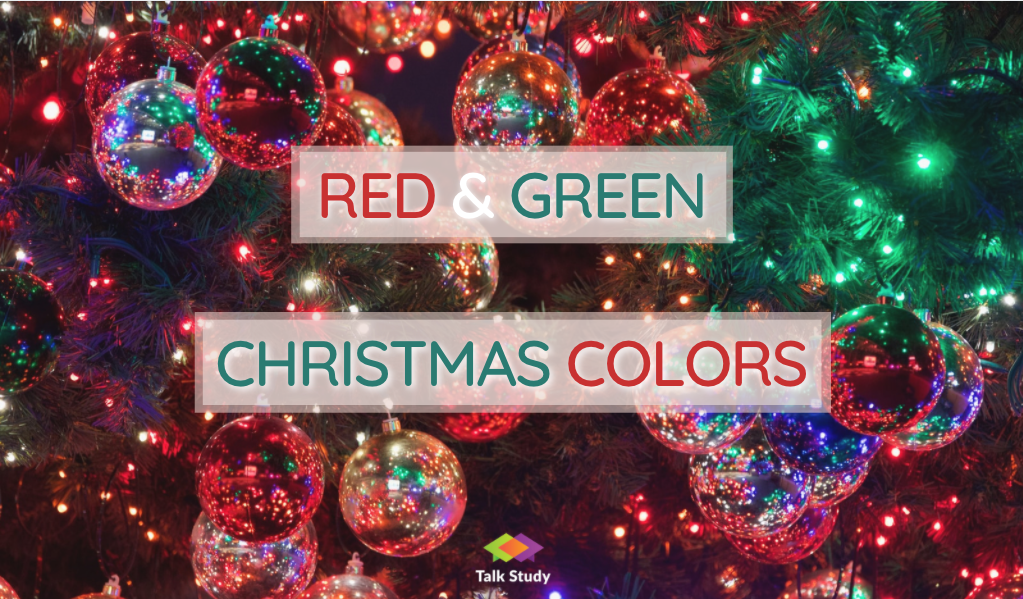

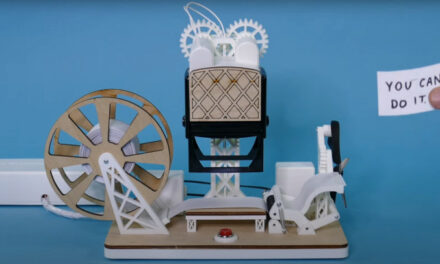
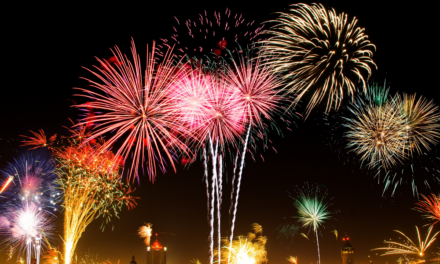

Recent Comments